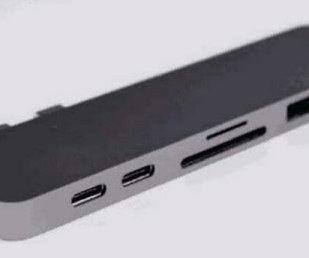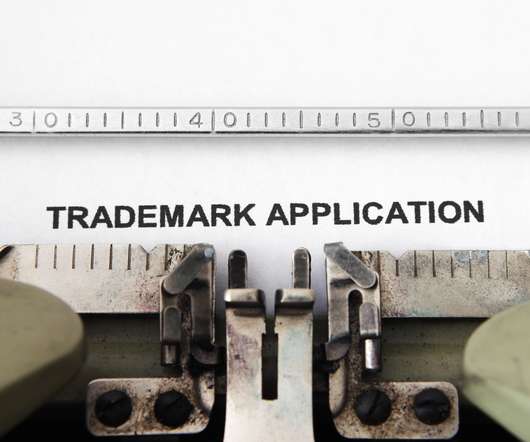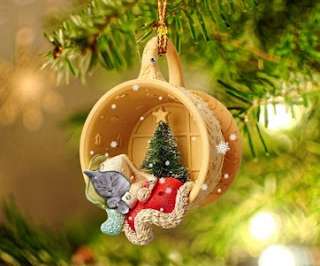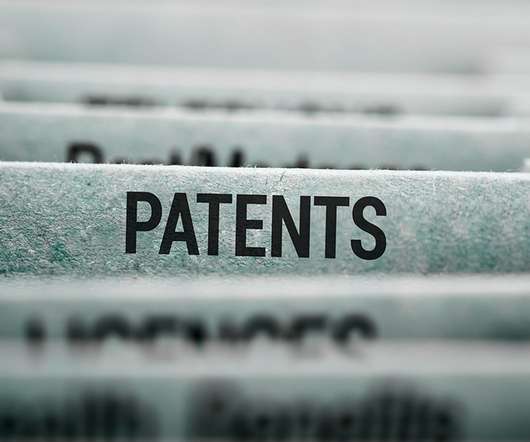The Inventive Entity and Prior Publication by Another
Patently-O
MAY 19, 2022
Since the patents here are pre-AIA, we focus on the old Sections 102(a) and 102(b): Pre-AIA 102. A person shall be entitled to a patent unless —. (a) a) the invention was … patented or described in a printed publication … before the invention thereof by the applicant for patent, or. (b)





















Let's personalize your content